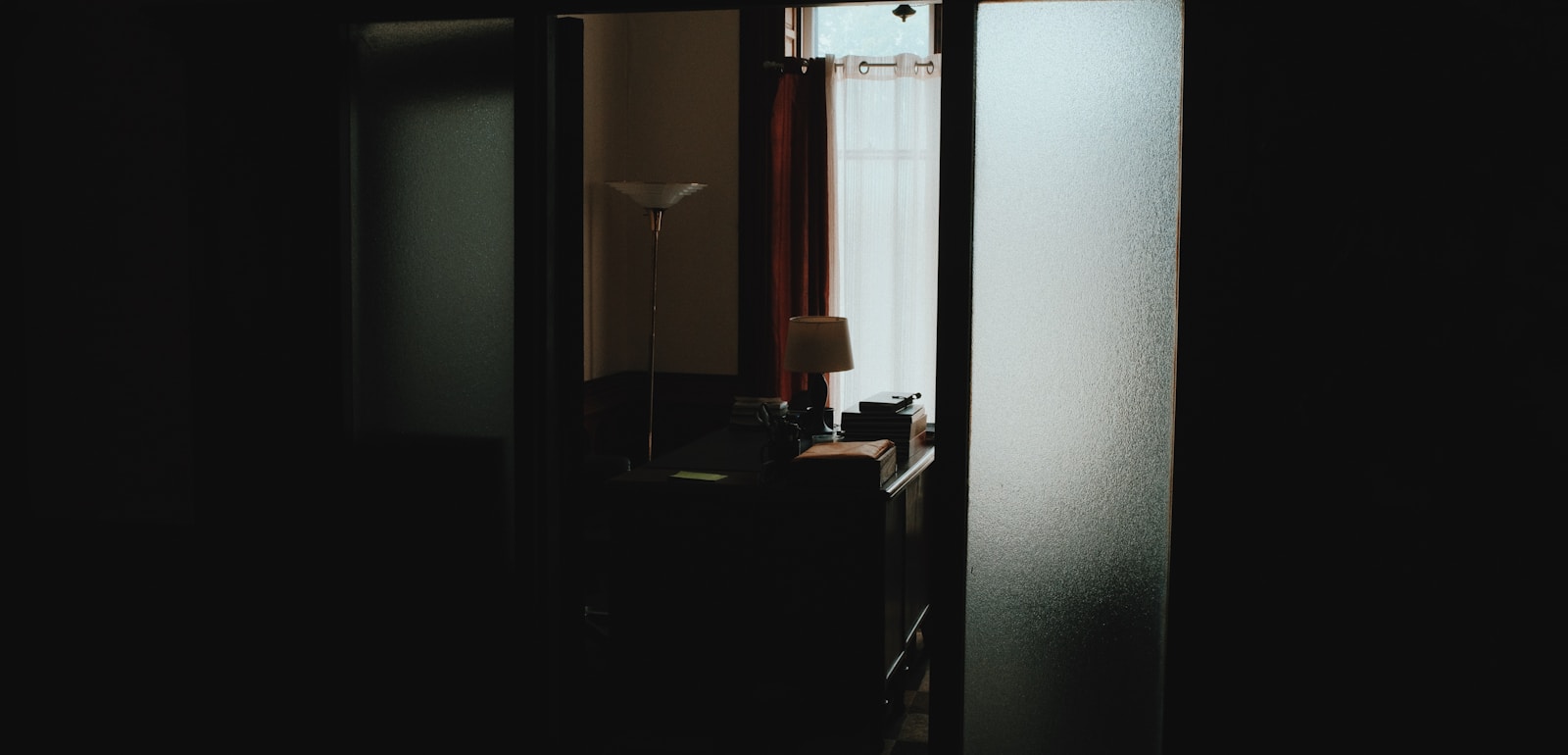
lámpara

lamp
A lamp is a device that produces light. They are used in residential and commercial properties as supplementary lighting.
Example sentences using: lámpara
La lámpara es muy antigua.

The lamp is very old.
This sentence talks about a characteristic of an object, in this case, describing the lamp as 'very old'.
Necesito una lámpara nueva.

I need a new lamp.
This sentence expresses an individual's need for an object, which in this case is a new lamp.
La lámpara de mi escritorio no funciona.

The lamp on my desk does not work.
This sentence indicates a problem with the speaker's lamp. The verb 'funciona' in Spanish is used to express the function or working condition of something, in this case, a desk lamp.
Voy a comprar una nueva lámpara para mi sala.

I am going to buy a new lamp for my living room.
In this instance, the speaker implies a future action (buying a lamp) for a specific location (living room). The Spanish verb 'comprar' translates to 'buy' in English.
La lámpara está encendida, apágala por favor.

The lamp is on, please turn it off.
In this sentence, the speaker is requesting someone else to turn off a lamp that is currently on. 'Encendida' means on, 'apágala' is a command form of the verb 'apagar' which means to switch off.
Esta lámpara tiene una luz muy brillante.

This lamp has a very bright light.
Here, the speaker is commenting on the bright light that a particular lamp emits. 'Brillante' translates to 'bright' in English.
A mí me gusta la lámpara de tu habitación.

I like the lamp in your room.
In this instance, the speaker expresses a liking (me gusta) for the lamp in another person's room.
La lámpara necesita ser reparada.

The lamp needs to be repaired.
This sentence expresses a necessity ('necesita') for the lamp to be repaired. 'Reparada' is the past participle of 'reparar' that translates to 'to repair' in English.
Por favor, enciende la lámpara.

Please, turn on the lamp.
Here, the speaker is politely asking for someone to switch on the lamp. 'Enciende' is a command form of the verb 'encender' which means to switch on.
La lámpara cuesta 50 euros.

The lamp costs 50 euros.
This sentence provides the cost ('cuesta') of the lamp in a currency value, in this case, euros.
La lámpara está encendida.

The lamp is lit.
This is a simple sentence used to describe the state of an object, specifically, whether the lamp is lit or not. It emphasizes on the verb 'estar' which is used for temporary states.
Pedro lee un libro bajo la lámpara.

Pedro reads a book under the lamp.
This sentence depicts an action performed by a subject. Here, Pedro is acting by reading a book under the light of the lamp.
La lámpara de la sala está rota.

This statement talks about the state of an object in a specific location - the living room lamp being broken.
None
Compré una lámpara verde.

I bought a green lamp.
This describes an action done in the past by a subject. 'Compré' is the past tense form of 'comprar' which means 'to buy'.
¿Puede encender la lámpara?

Can you turn on the lamp?
This phrase is a polite request asking someone to turn on the lamp. In Spanish, we formally use 'puede' instead of 'puedes' when asking a favor or requesting something.
La lámpara alumbra todo el cuarto.

The lamp lights up the whole room.
This sentence uses the verb 'alumbrar' and shows an impact of an action done by the lamp - lighting up the whole room.
Apaga la lámpara antes de salir.

Turn off the lamp before leaving.
This phrase is an instruction or command telling someone to turn off the lamp before they leave.
La lámpara tiene una sombra bonita.

The lamp has a beautiful shadow.
This sentence describes an observation about the lamp, namely, its beautiful shadow.
La lámpara de la cocina es antigua.

The kitchen lamp is old.
This sentence describes the antiqueness of the kitchen lamp. 'Antigua' is the Spanish word for old.
La lámpara de la sala es más moderna que la del dormitorio.

The living room's lamp is more modern than the bedroom's.
This sentence uses a comparison ('más moderna que') between the living room's and bedroom's lamps. 'Más moderna que' translates to 'more modern than'.